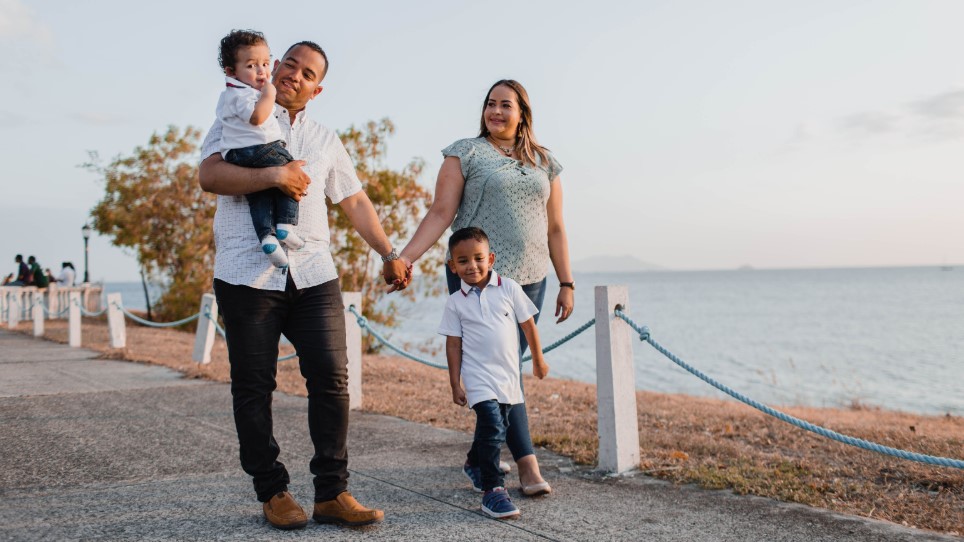
If you’re like most Americans, you might not have a ton of money saved or invested. And reading what you should have or should be saving—say, saving 20 percent each paycheck, or having your yearly salary saved by the time you’re 30—can be overwhelming. So much so, that you just might not start.
But as Amrita Jayakumar writes for NerdWallet, a little bit of money stashed away can help your family avoid a large financial setback. Jayakumar sites this 2016 study from the Urban Institute, an economic and social policy think tank, which found that:
Families with even a small amount of nonretirement savings are less likely to be evicted, miss a housing or utility payment, or receive public benefits when income disruptions occur. The savings cushion kicks in with very low savings levels ($250–$749); for public benefits, any savings reduce benefit receipt. Higher savings levels, however, are associated with even lower hardship levels and benefit receipt. These relationships hold when taking account of family incomes.
I’ve written before about the importance of starting small. As with any habit, it takes time to increase your financial well-being. Focusing on a smaller goal—say, $250 to $750 in your emergency fund (or, as I wrote before, enough to cover your health insurance deductible)—can inspire you to do more. By breaking up your big goal into smaller steps, it’s like the snowball method of debt repayment: You’re encouraged when you accomplish one of the “smaller” steps or goals, so you keep going.
Once you’ve hit that $250, you can keep going. As Jayakumar writes, the next step would be to save one month’s worth of expenses for housing, transportation, food and insurance.
And once you start doing that, you’ll build the financial muscle to save for other expenses, or tackle other goals. “Regardless of income, building your emergency fund doesn’t have to be intimidating,” Jayakumar writes. Start small.





























